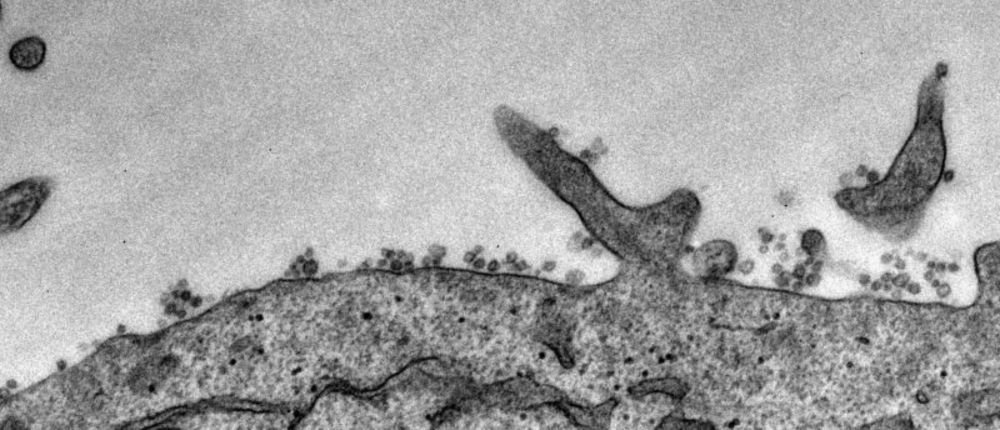
DAISY nanoparticle tracking analysis is a powerful method for refractive index determination of nanoparticles!
learn more here: www.holtra.tech
20.08.2025 14:45 — 👍 0 🔁 0 💬 0 📌 0

Or between extracellular vesicles and lipoproteins!
20.08.2025 14:45 — 👍 0 🔁 0 💬 1 📌 0

This means that you can easily distinguish between protein aggregates and non-protein contaminants..
20.08.2025 14:45 — 👍 0 🔁 0 💬 1 📌 0

Put simply, refractive index measurements allow you to differentiate between populations of particles within your sample more effectively
20.08.2025 14:45 — 👍 0 🔁 0 💬 1 📌 0
Why should you consider adding refractive index measurements to your regular nanoparticle analysis?
20.08.2025 14:45 — 👍 0 🔁 0 💬 1 📌 0
In summary, holographic microscopy offers label free, single shot, high resolution, high frame rate, 3D imaging! It sounds almost too good to be true, and that is why we are so convinced of it’s potential and excited to be developing microscopes around this technology!
12.08.2025 09:00 — 👍 0 🔁 0 💬 0 📌 0
For holographic microscopy, instead of physically illuminating the interference patterns to reveal the hologram, the hologram is reconstructed computationally. With rapid advances in processing power for these kinds of tasks, the potential of holographic microscopy is only growing!
12.08.2025 08:53 — 👍 0 🔁 0 💬 1 📌 0
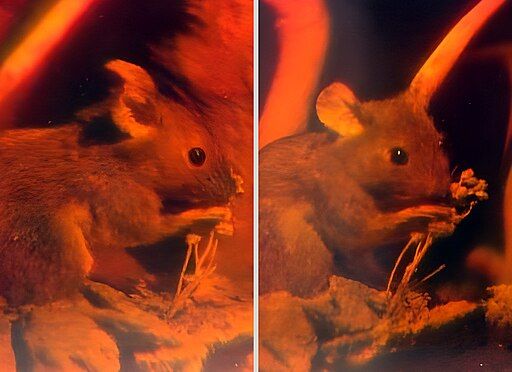
This means that from a single light exposure a hologram captures a 3D representation of the object! The images of the mouse below are produced by viewing the same hologram from different angles!
12.08.2025 08:53 — 👍 0 🔁 0 💬 1 📌 0

To create a hologram, the light coming from the object is merged with another beam, creating interference pattern between the two beams. When the object is removed and the interference pattern illuminated, light is diffracted and a 3D image of the original object appears.
12.08.2025 08:53 — 👍 0 🔁 0 💬 1 📌 0
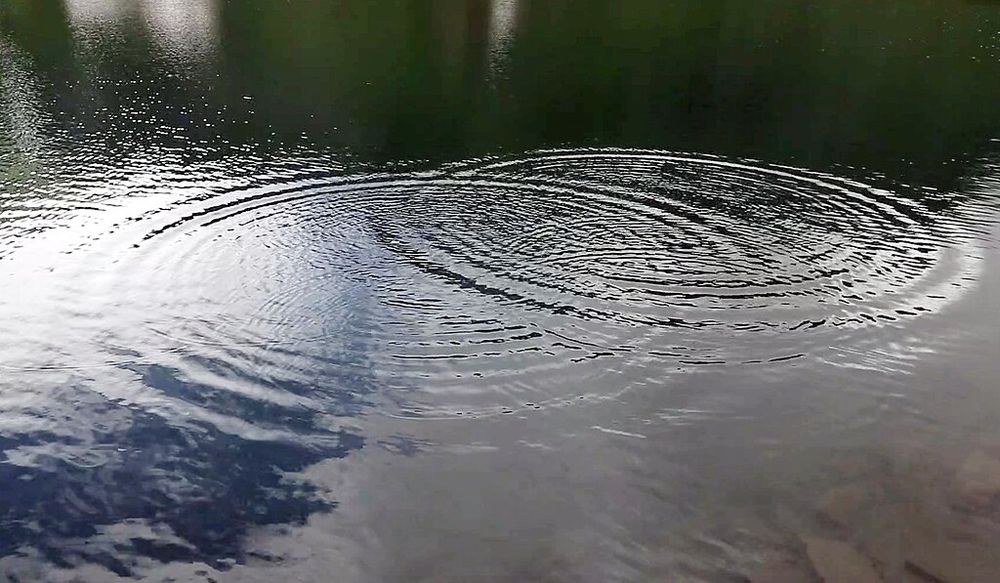
When light from an illuminated object is focussed and captured by a camera a 2D image is recorded. A hologram however is a 3D representation of the object of interest and is recorded differently. Relying on interference patterns similar to those seen between waves on water.
12.08.2025 08:53 — 👍 0 🔁 0 💬 1 📌 0
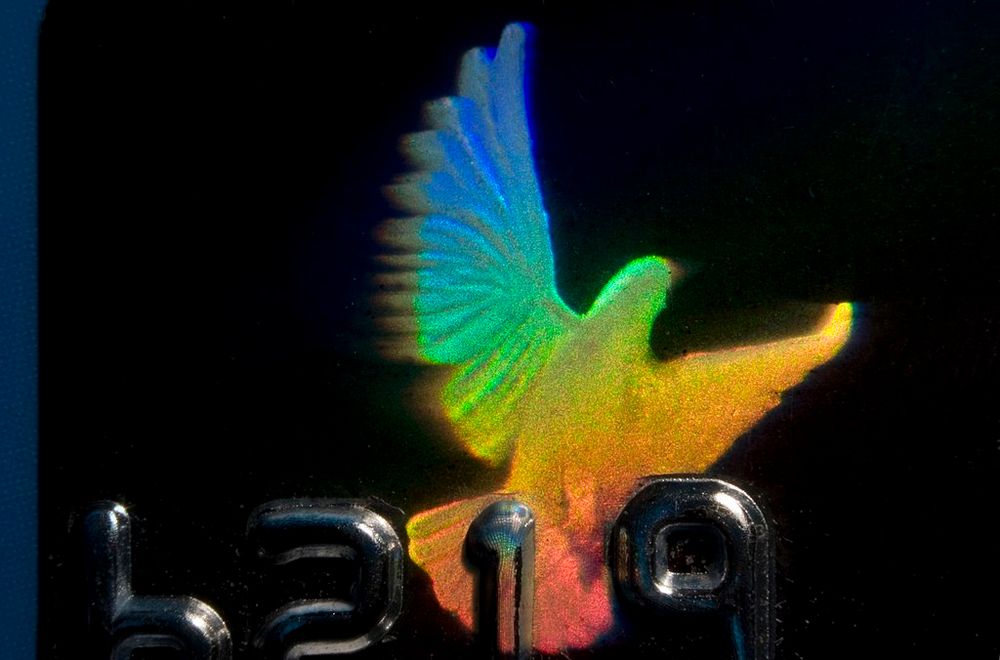
Firstly, what is a hologram?
holograms, like the Visa dove below, are very familiar. but what are they? Much like a recording of a sound, e.g. music, a hologram is a 3D “recording” of an illuminated object that can be replayed, even once the object is removed. But how are they created?
12.08.2025 08:53 — 👍 2 🔁 0 💬 1 📌 0
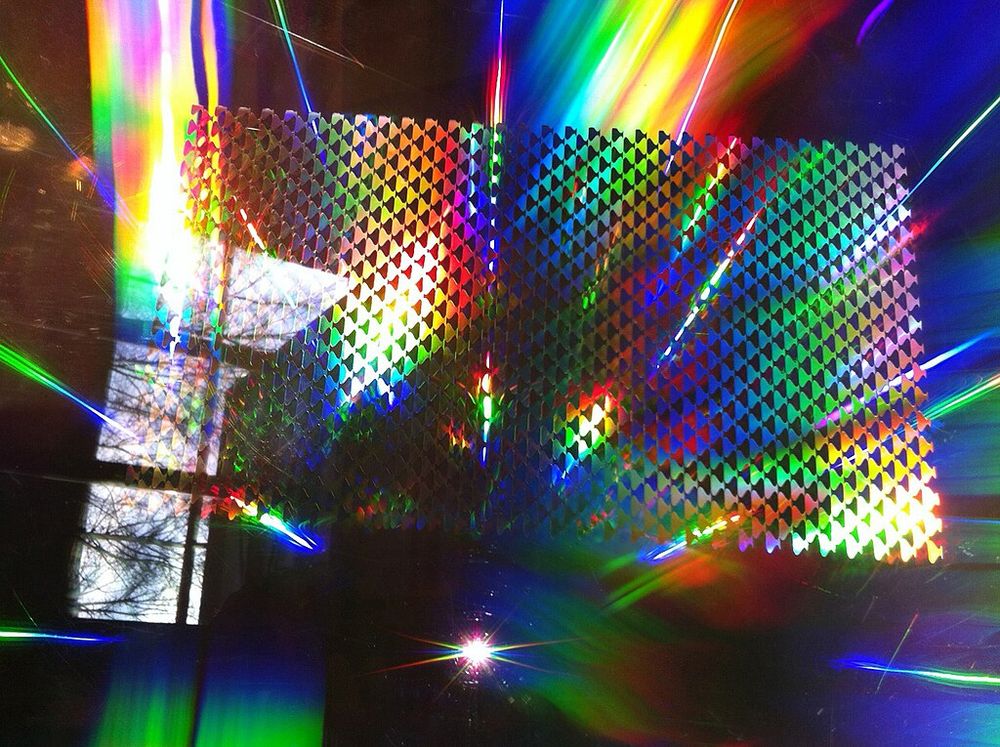
What is holographic microscopy?
And why are we so excited about it’s scientific potential?
12.08.2025 08:53 — 👍 2 🔁 0 💬 1 📌 0
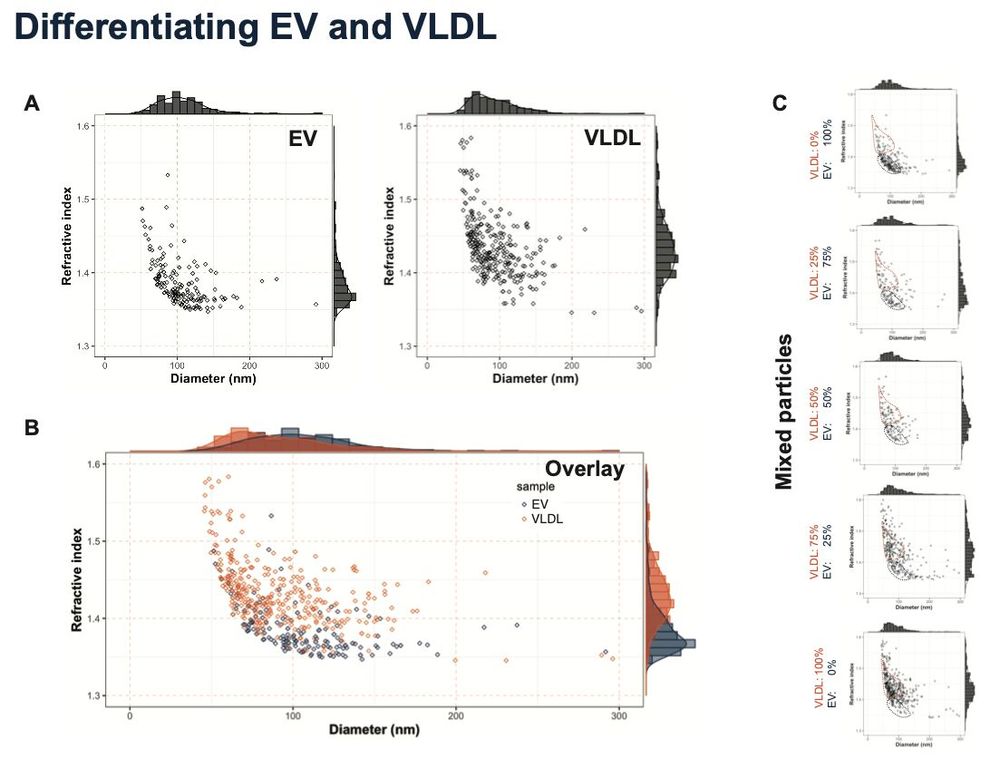
Size is a key descriptor of extracellular vesicles #EV. In samples containing contaminating particles with an overlapping size distribution, size alone is insufficient. Measuring refractive index at the individual particle level enables differentiation of extracellular vesicles and lipoproteins.
11.08.2025 12:29 — 👍 1 🔁 0 💬 0 📌 0
Extracellular Vesicles
The future of particle characterization. Holographic particle tracking.
For this study DAISY was used to monitor the purity and consistency of cell culture-derived exosome preparations. Check out our application not on DAISY for extracellular vesicles to learn more.
www.holtra.tech/en/applicati...
11.08.2025 09:23 — 👍 0 🔁 0 💬 0 📌 0
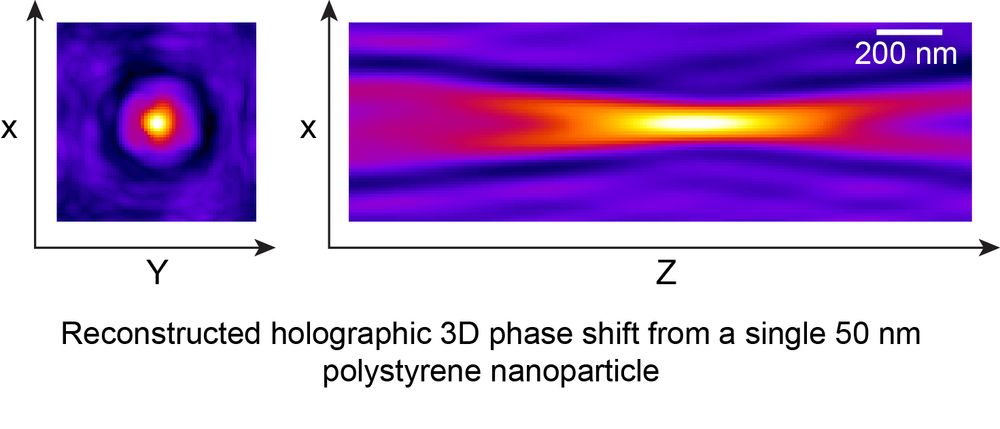
To measure phase shift, DAISY employs digital holographic microscopy (DHM). DHM separates phase and intensity information to generate a 3D image of the light scattered by each particle from a single exposure.
08.08.2025 08:23 — 👍 2 🔁 0 💬 1 📌 0
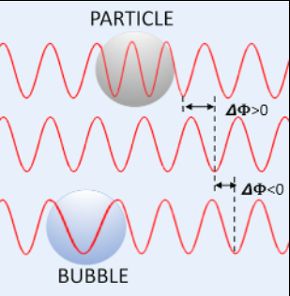
Alongside size, DAISY measures the refractive index of each particle. It does this by directly measuring the phase shift of light passing through the particles. Denser materials give higher phase shift which means that, uniquely, DAISY can differentiate particles based on their composition!
08.08.2025 08:23 — 👍 0 🔁 0 💬 1 📌 0
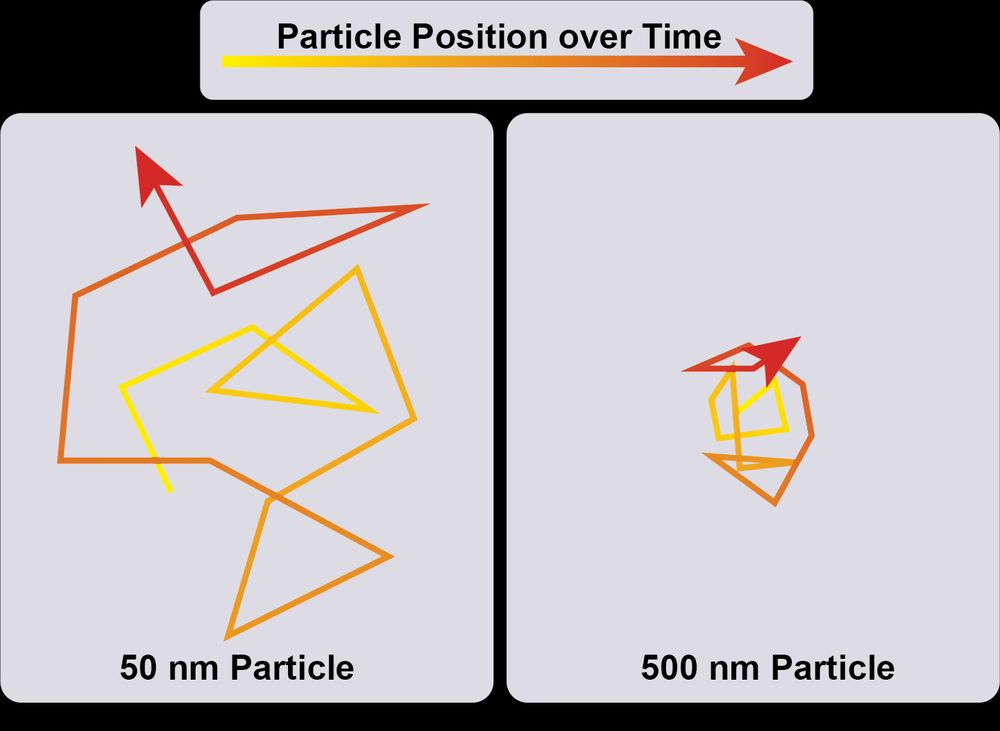
Nanoparticle tracking analysis (NTA) records particles diffusing in solution. The smaller the particle the faster the diffusion. This is how NTA assigns a size.
08.08.2025 08:23 — 👍 0 🔁 0 💬 1 📌 0

What is DAISY?
DAISY is next generation nanoparticle tracking analysis!
08.08.2025 08:23 — 👍 4 🔁 1 💬 1 📌 0

MOVE2025
We will also be presenting at the European National Societies of Extracellular Vesicles MOVE symposium in Tartu, Estonia Oct 7th to 9th:
move2025.ee
See you there!
07.08.2025 12:13 — 👍 1 🔁 0 💬 0 📌 0
ECIS Mission – ECIS
It is shaping up be a busy autumn! HOLTRA are excited to be presenting our technology at the European Colloid and Interface Society meeting in Bristol, UK. Sept. 7th to 12th
www.ecis-web.eu/about-us/eci...
07.08.2025 12:11 — 👍 1 🔁 0 💬 0 📌 0
Lipid nanoparticles
The future of particle characterization. Holographic particle tracking.
DAISY can see inside your liposomes and lipid nanoparticle preparations to reveal internal structure!
Read more here:
www.holtra.tech/en/applicati...
07.08.2025 12:08 — 👍 2 🔁 0 💬 0 📌 0
DAISY nanoparticle tracking in action!
sample is 415 nm silica beads
07.08.2025 12:04 — 👍 0 🔁 0 💬 0 📌 0
Extracellular Vesicles
The future of particle characterization. Holographic particle tracking.
Do you want to easily identify and quantify contaminants and aggregates in your extracellular vesicle samples?
Take a look at our EV application note to find out how DAISY can improve your EV analysis:
www.holtra.tech/en/applicati...
07.08.2025 11:28 — 👍 0 🔁 0 💬 0 📌 0
PhD in Computational Biology, laboratory of Computational and Functional Oncology, CIBIO,
University of Trento #LiquidBiopsy #EVs #ProstateCancer #Omics
PhD student @HHU.
Fungal extracellular vesicle research
Bioinformatician | Biologist
Grand Ouest Extracellular Vesicle network
Research regional network in the west of France about extracellular vesicles. Various topics, interdisciplinary and friendliness lead us to unique open scientific exchanges.
Research Associate at the University of British Columbia.
Cancer and Extracellular Vesicle Research.
Everest Biolabs is dedicated to empowering researchers in the extracellular vesicle field by providing cutting-edge productivity tools that accelerate the translation of their work into innovative, life-changing breakthroughs.
Queer 🌈 | Chicana 🇲🇽| Biochemistry PhD @Duke | Post-Doc @ Hopkins | TB meningitis & extracellular vesicle researcher | cat fiend 😼
Neuroscientist 👩🔬🧪| Group Leader | Extracellular vesicle | Consultant | The 🧠 and neurological conditions | The Florey and University of Melbourne 🇦🇺.
The PeakEV team page! Interests in extracellular vesicle biology and extracellular matrix, with a focus on the gut microenvironment and bowel cancer.
Tao Research Group at Purdue University, led by
Professor W. Andy Tao. Mass Spec, proteomics, extracellular vesicle, biomarker discovery, post-translational modifications.
Lab Web: https://www.protaomics.org/
PhD Candidate, investigating extracellular vesicle (EV) heterogeneity and microglia derived miRNA biomarkers at La Trobe Institute for Molecular Science
Cheng/Hill Lab
He/Him
Opinions are my own.
A platform for life sciences. Publications, research protocols, news, events, jobs and more. Sign up at https://www.lifescience.net.
Editor at Biocompare, the #1 resource used by millions of life scientists worldwide to find the right lab product or service for their research or work. Get help finding antibodies and more at biocompare.com
Father | Assistant Professor @PurdueBiochem (RNA editing and regulation) | Postdoc & PhD @WUSTL | MS & BS @MissouriState | #firstgen #NewPI #NIHMOSAIC K99/R00 (posts and comments are my own and do not reflect my employer)
Stay up to date with the latest news, updates and science of the Faculty of Biology, University of Freiburg.
https://www.bio.uni-freiburg.de/index-en?set_language=en
Leading Active Soft Matter Lab @utwente.bsky.social | 🌐 www.activesoftmatter.nl | Exploring the dynamic world of Active Matter & Cell Membrane Mechanics through a Soft Matter lens 🔬 | Views mine.
#Cancer #plasticity #heterogeneity & #communication🔬 #TNBC #GBM PI at @GalanLab & Assoc. Prof. @enfermeria_AB Seriefila, viajera y festivalera 🗺👩🏻🎤
Postdoctoral researcher interested in pancreatic cancer initiation and its microenvironment. Experimental Oncology Lab at CNIO. Former SainzLab (IIBm-CSIC) & La Caixa Fellow.
Professor of Life Sciences & Director Global Health Institute @EPFL_en. Passionate about science 🤩 Views are my own.
Cell Biologist, Neuroscientist, Guitarist. #VAMP7 #Sybl1 #TIVAMP #Longin aficionado. Only personal views.












